There are reports that the upcoming Intel LGA 1851 socket will have different cooler requirements. This is even while maintaining the same physical dimensions of the mounting holes or processors as such. A forceful way of selling new coolers? This may not be the case and the real reason may be purely technical. And we probably have some idea why processors from the Arrow Lake generation onwards will benefit from more downforce. Read more “Intel LGA 1851: No changes and ending support for current coolers?”
Tag: Intel
Raptor Lake Refresh: Core i7-14700K has 20 cores, benchmarks leak
There are currently news about AMD releasing the Ryzen 5 7500F CP as a cheaper alternative to the 7600 hexacore, but there’d also big news in the Intel camp – the first processor from Raptor Lake Refresh generation, which is expected to come in Fall. Info about the Core i7-14700K has now leaked. This tier of CPUs was already attractive in the previous generations, and now it’s getting bigger with more cores added. Read more “Raptor Lake Refresh: Core i7-14700K has 20 cores, benchmarks leak”
Intel Arrow Lake and Lunar Lake CPUs will reportedly drop HT
It was recently revealed that Intel will end the distinctive “Core iNumber” CPU branding that has served it since the groundbreaking Nehalem architecture. But it might also abandon a much more important constant that came with these processors: the ability to process two threads one a big core known as Hyper Threading or HT technology (which originated in Pentium 4, but it was only after its return in Nehalem that it really shone). Read more “Intel Arrow Lake and Lunar Lake CPUs will reportedly drop HT”
Intel CPU launch plans: refreshes, Meteor Lake and Arrow Lake
Intel has recently hinted at release of new desktop processors when the company announced the Intel InnovatiON event which was used to unveil the 12th and 13th generation Core desktop processors (Alder Lake, Raptor Lake for socket 1700) in previous years. However, it’s likely that only a paper launch will come directly at this event and the real CPUs will come out later. Unofficial reports from Chinese leakers now reveal when that will be. Read more “Intel CPU launch plans: refreshes, Meteor Lake and Arrow Lake”
Conflict of interests? ARM wants Intel to buy part of company
Ever since Nvidia’s plan to acquire ARM failed, the Softbank fund has been aiming to monetise the company through an IPO instead, in which a portion of ARM’s stock would be sold not to a single acquiring party but through the mechanisms of open stock trading. It turns out this could have curious results, because it seems the initial public offering could end up with Intel, the main competitor, being one of the owners. Read more “Conflict of interests? ARM wants Intel to buy part of company”
x86-S: Intel wants to drop legacy compatibility from processors
The scenario of Intel dropping backwards compatibility and creating a new version of x86 processors free of various “legacy burdens” has been discussed for a long time. The hype around ARM processors and the perceived or real advantages they gain by not carrying similar “baggage” highlighted this topic again. Intel has unveiled a proposal for a simplified pure 64-bit x86-S architecture that could bring about such a revolution, now. Read more “x86-S: Intel wants to drop legacy compatibility from processors”
Core i5-13400F complete gaming tests (B0 vs. C0). W/o E cores too
The third and final Intel Core i5-13400F CPU test with measurements beyond standard will add to what the previous two have shown. We ran the two existing steppings – B0 (with Raptor Cove/Raptor Lake P cores) and C0 (Golden Cove/Alder Lake) – through all the games we use to test processors, in four different display setups. In the case of stepping B0 even with modified CPU settings, with E cores disabled. Read more “Core i5-13400F complete gaming tests (B0 vs. C0). W/o E cores too”
When E cores are disabled: Core i5-13400F vs. Core i5-12400(F)
With the little (E) cores turned off, the Core i5-13400(F) becomes a 6-core processor with 12 threads in the same way that the older Core i5-12400(F) is. This intergenerational comparison is also a side product of tests main goal of which is to show the impact of E cores not only on computational and gaming performance, but also on operational characteristics. The biggest differences occur in the situations that mainstream PCs run into most often. Read more “When E cores are disabled: Core i5-13400F vs. Core i5-12400(F)”
Not every Core i5-13400F is the same: Raptor (B0) vs. Alder (C0) lake
In the vast majority of Intel Core i5-13400F processor tests (including ours), you’ve studied the results of the variant built on the Golden Cove cores from the Alder Lake generation. But there is also an iteration from Raptor Lake (with Raptor Cove cores). However, this processor is harder to get hold of, its availability is considerably weaker, but it is obtainable. You’ll find out if it’s worth the extra effort from the comparative analysis. Read more “Not every Core i5-13400F is the same: Raptor (B0) vs. Alder (C0) lake”
Intel LGA 1851 platform details: Z890 and Meteor Lake connectivity
Intel LGA 1700 desktop platform is now running on its second generation of processors (Raptor Lake) which will see a refresh in fall, but that will be the end of this socket. A new LGA 1851 socket is planned for Meteor Lake and Arrow Lake processors and a report has now revealed new features of this platform. Intel will give the processor-connected I/O interfaces an upgrade that will put it closer to the AM5 platform. Read more “Intel LGA 1851 platform details: Z890 and Meteor Lake connectivity”
Not just Meteor Lake. Even TSMC-made 3nm Intel chips are delayed
There was a report that Intel allegedly cancelled the desktop version of the first 4nm Meteor Lake CPUs, which could indicate that the process is having issues similar to the early 10nm technology – like not reaching high enough clock speeds. But that may not be the only blow to Intel’s upcoming products. Now there are reports that even the 3nm chips, ironically enough those that it plans to outsource to TSMC, may be delayed as well. Read more “Not just Meteor Lake. Even TSMC-made 3nm Intel chips are delayed”
Intel Meteor Lake to be mobile only, desktop 4nm CPUs cancelled
Intel is now trying to catch up to TSMC and regain the manufacturing process leadership that underpinned its past dominance. So perhaps the biggest question for years to come is whether it has already managed to “fix” its factories, or whether processor delays and missed targets will be a recurring theme in the future. Warning sing are appearing that the first 4nm Meteor Lake processors could possibly end up like the notorious 10nm chips. Read more “Intel Meteor Lake to be mobile only, desktop 4nm CPUs cancelled”
Intel Core i5-13400F: Best price/perf ratio, questionable for games
Thanks to the addition of E cores even in the lowest Core i5 Raptor Lake models (13400F and 13400), the raw performance between generations has advanced the most in years. However, the improvement may not always happen, the relatively small number of performance ones (P) combined with the lower Turbo Boost 2.0 clock speeds some games don’t like, and when they reach for E cores, the concept of big.LITTLE is at once detrimental. Read more “Intel Core i5-13400F: Best price/perf ratio, questionable for games”
Intel Core i3-13100F: Tailor-made for cheap gaming builds
Within the Raptor Lake-S CPU segmentation, it belongs to the lowest class (Core i3), but at the same time it is the fastest 4-core processor at all. AMD hasn’t had anything that directly competes with the Core i3-1x10xF processors in this segment for quite some time. So Intel, alone in the field, is pushing these processors in small steps, and the Ci3-13100(F) is already a very well “polished” foundation for budget gaming PCs. Read more “Intel Core i3-13100F: Tailor-made for cheap gaming builds”
Intel Lunar Lake: new “Conroe moment” processor revolution?
A brand new CPU core architecture coming out is a big thing in the world of processors. We’ve been anticipating that from Intel for a long time, particularly in the Skylake era of waiting for 10 nm. Intel has since fielded new architectures in Ice Lake and Alder Lake, but there could be a major architectural revolution in a few years. The chips following Meteor Lake and Arrow Lake are said to be brewing something completely new. Read more “Intel Lunar Lake: new “Conroe moment” processor revolution?”





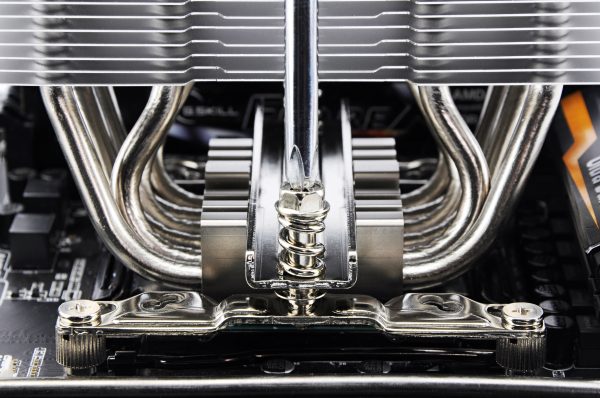
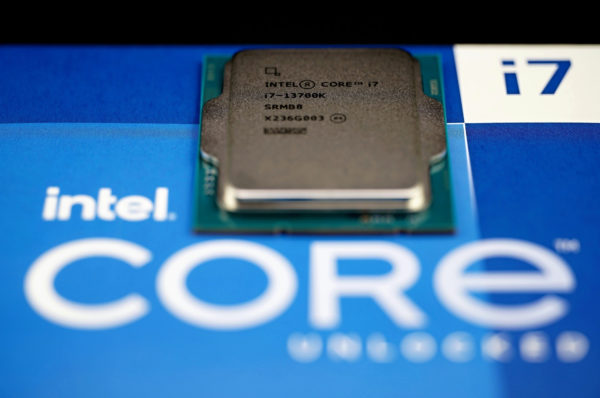
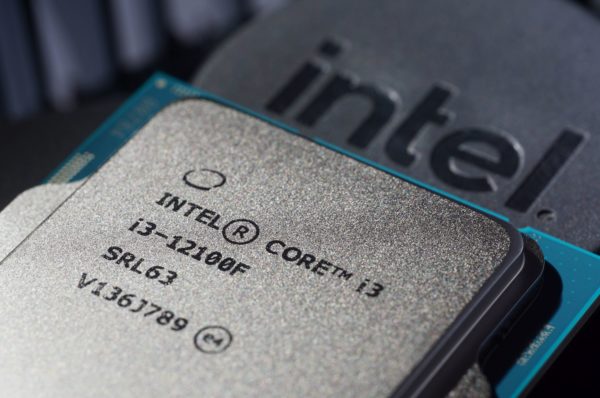
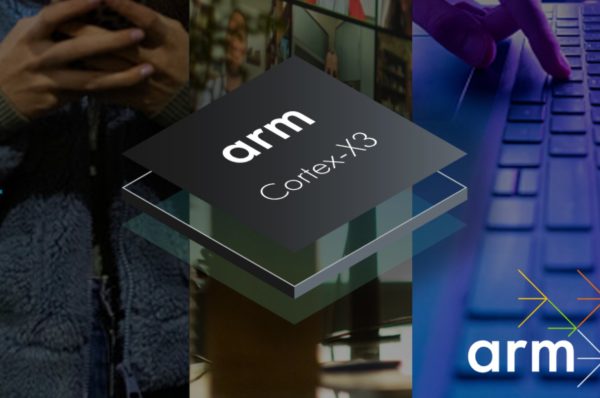
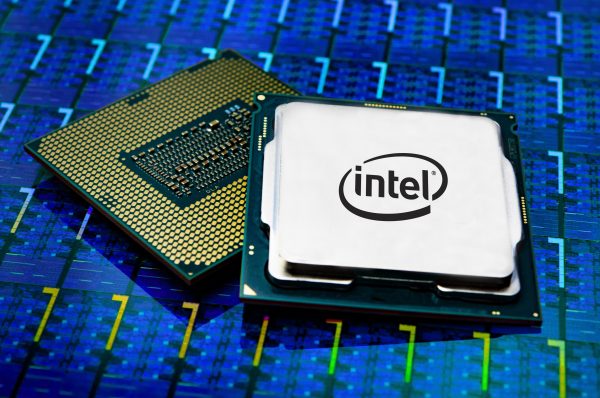

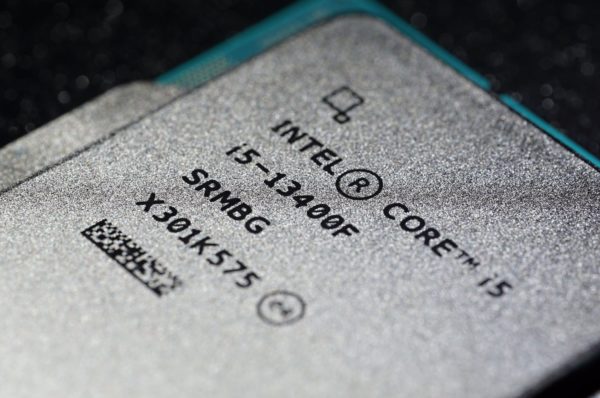
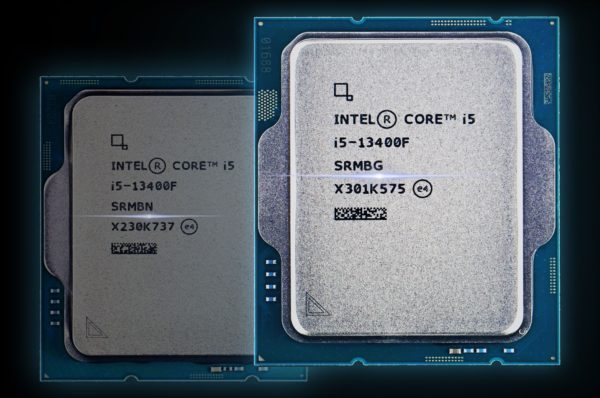
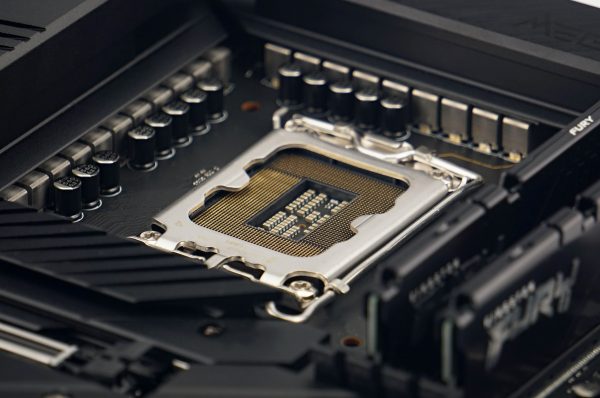
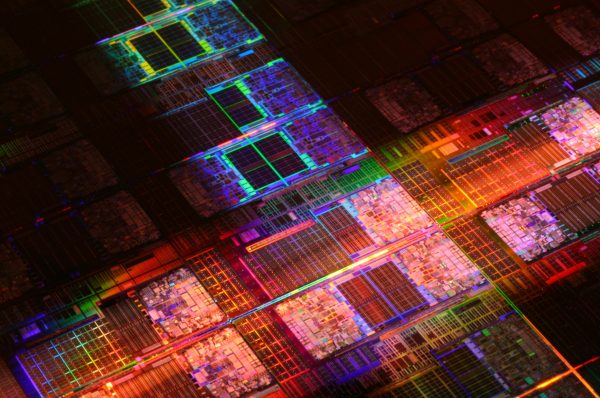
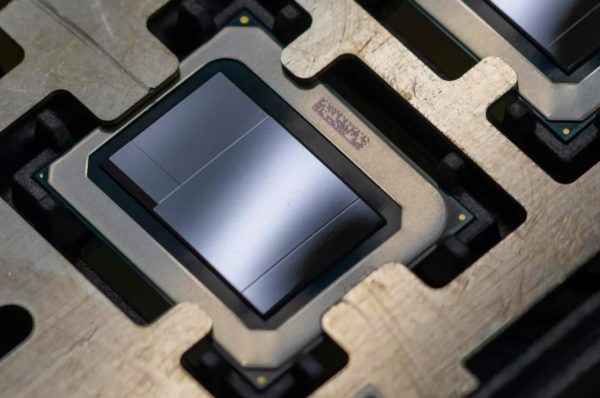
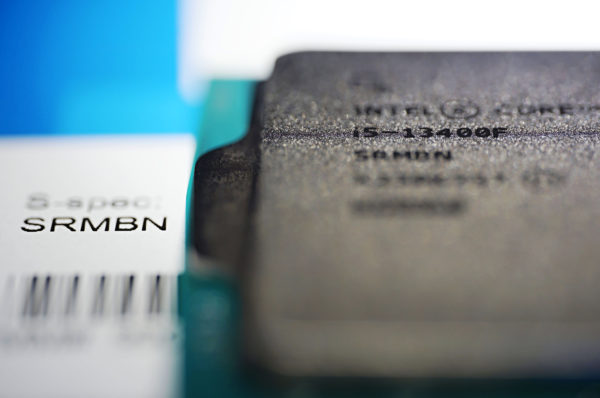
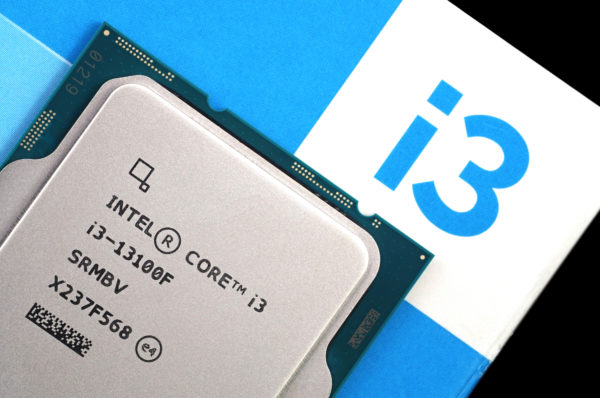



Latest comments